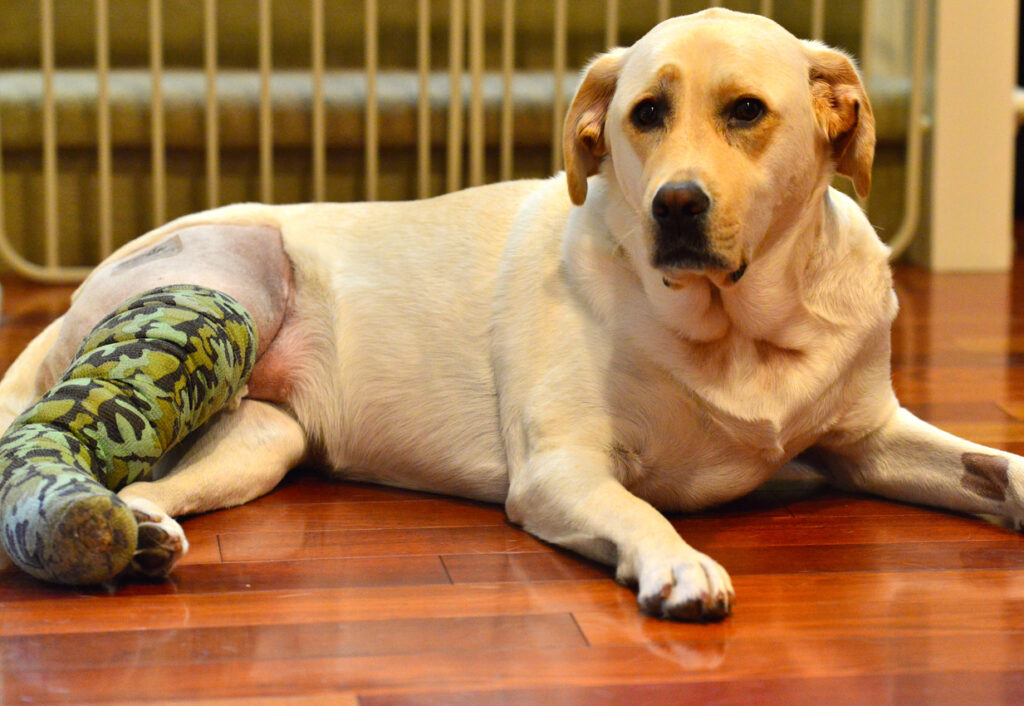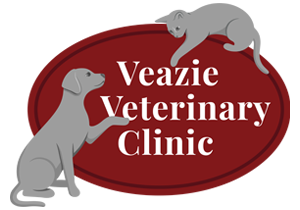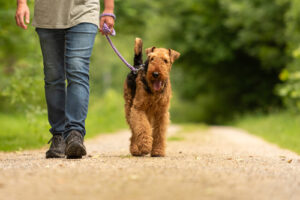Dog TPLO Surgery and Recovery
No one likes seeing their dog limping or experiencing pain. Luckily, modern veterinary medicine allows these kinds of injuries to make a full recovery when they occur in dogs. One of the treatment plans that treat a common injury in dogs is TPLO surgery.
Short for tibial plateau leveling osteotomy, TPLO surgery is designed to help dogs heal after tearing their cranial cruciate ligament, or CCL. Similar to the ACL in humans, the CCL is essential for proper walking in dogs.
In this article, we will be explaining everything that dog owners need to know about TPLO surgery in dogs. This will include what the surgery is, how it works, and what the recovery process is like after dogs have undergone TPLO surgery. Alright, let’s get straight into it.
What is TPLO Surgery in Dogs and What Does it Treat?
TPLO surgery is short for tibial plateau leveling osteotomy surgery. This type of surgery is designed to help dogs heal after tearing their cranial cruciate ligament, or CCL. Similar to the essential ACL in humans, the CCL is essential for proper and pain free walking in dogs.
The CCL connects the tibia to the femur in dogs by crossing over the knee. When a dog has a torn CCL, the tibia will go too far forward, causing pain and difficulty walking. TPLO surgery is designed to help allow the CCL to heal by adjusting the tibia, preventing it from moving past the femur. This allows the CCL and surrounding cartilage and bone to heal completely and prevent them from becoming damaged further.
What Does TPLO Surgery in Dogs Entail?
During TPLO surgery, the vet will cut a semicircular section out of the top of your dog’s tibia. Then, they will rotate the tibia slightly and secure it with a bone plate. Helping secure the tibia and knee joint in this way will prevent the injury from becoming worse and damaging other surrounding structures such as cartilage and bone. It will also help reduce joint inflammation within the damaged knee.
It is recommended that dogs undergo TPLO surgery as soon as possible after a torn CCL is diagnosed by a vet. This will help get your dog feeling more comfortable more quickly. Getting this procedure done quickly will also prevent your dog from experiencing further complications associated with untreated, torn CCLs.

How Painful is TPLO Surgery for Dogs?
Generally, the TPLO surgery in itself is not more painful for dogs than any average surgery. It is likely that dogs actually experience more pain from an untreated CCL than when recovering from TPLO surgery. They may experience a bit of pain and inflammation just after surgery, but this will typically be addressed and treated by your veterinarian before they go home.
Is TPLO Surgery in Dogs Major?
TPLO surgery is a major procedure in that your dog will need to be put under anesthesia in order to have it done. Your dog’s leg will also need stitches due to the incision made. Additionally, it is not unusual for dogs to need some bloodwork and an X-Ray done before and possibly after the operation. Your dog will also likely be prescribed painkillers after surgery to make them feel more comfortable.
What is the Average Cost of TPLO Surgery for Dogs?
In the United States, the average cost of TPLO surgery for dogs ranges between $3,500 and $5,500. This price will include:
- Bloodwork
- X-Rays
- Anesthesia and monitoring
- The TPLO surgery itself
- Pain medications
- Any other medications that your dog may need
The cost varies based on veterinarians and where you live. The price will also be on the higher end if you choose to get your dog physical therapy after their procedure.
How Long Does it Take Dogs to Recover From TPLO Surgery?
Generally speaking the recovery time for most dogs after TPLO surgery is not extremely long, and most healthy adult dogs make a full recovery within six months after surgery.
At about two weeks after surgery, most dogs can put either partial or complete weight on their leg. However, it is advised that you still have them walk around carefully. Meanwhile, at ten weeks most dogs can walk around normally without any signs of limping or pain when walking.
At four months post operation, dogs can go on walks and play pretty much as normal. Just be careful not to exercise your dog too strenuously until you get the go ahead from your vet. This usually occurs at about six months after the operation when all goes well.
Can Your Dog Walk Around the House After TPLO Surgery?
Your dog should be able to walk carefully around the house at around two weeks after surgery. However, walking should still be monitored closely and kept at a minimum until around 8 to 12 weeks after surgery. It is also a good idea to keep your dog off of slippery surfaces like hardwood, tile, and linoleum until they are completely healed.
Can Dogs be Left Alone After TPLO Surgery?
Keeping an eye on your dog after TPLO surgery is a good idea. This is especially true for the first couple of weeks after surgery, as your dog may go to lick their stitches. You will want to prevent this from happening, as licking stitches could lead to an infection or re-open the wound.
However, you do not necessarily need to stay up all night or be watching your dog all day. It is ok to give your dog some alone time, as long as you check in on them. This will help your dog get some rest after surgery.
What Happens if a Dog Runs After TPLO Surgery?
If a dog runs after TPLO surgery, they may damage their CCL or rip open their stitches. The likelihood of doing this is higher the sooner after surgery your dog runs, jumps, or plays roughly. You can keep your dog in a crate when you cannot monitor them to reduce the likelihood of them injuring themselves after TPLO surgery.
Dog TPLO Surgery in Maine
Veazie Veterinary Clinic are veterinary experts located near both Bangor and Orono, ready to discuss your dog’s options after a cranial cruciate ligament tear. If you notice your dog limping or in pain in Northern Maine, give us a call at (207) 941-8840.




